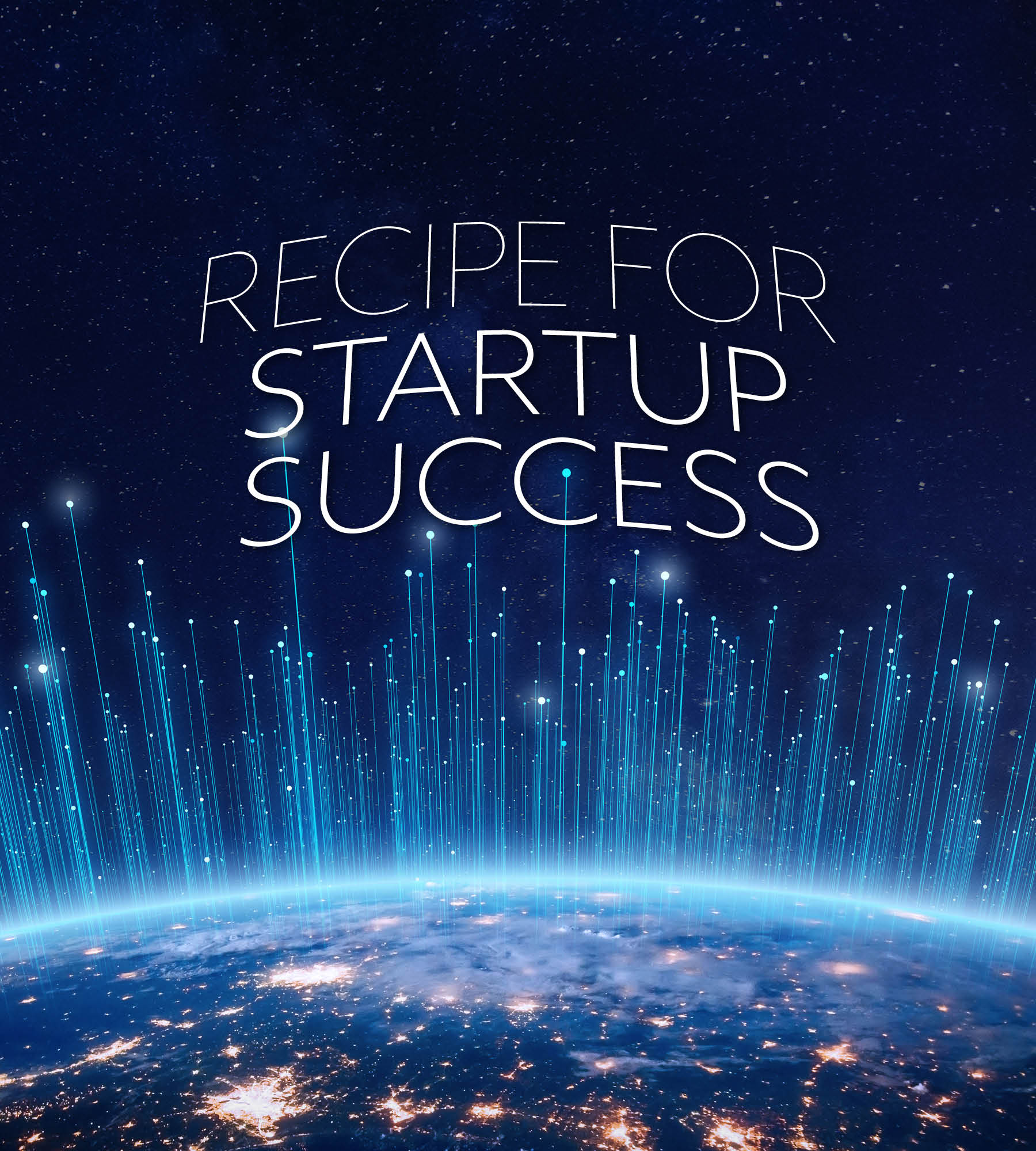Language
You can read the magazine in one of the following languages
Surprisingly, it’s been just 15 years since the first decacorn came into being. A US$240 million investment from Microsoft took Facebook, now Meta, to a US$10 billion valuation – the first startup to hit this previously unheard-of milestone.
With unicorns increasingly commonplace, more and more companies are taking this next leap.
There are now 48 decacorns, according to Failory, including familiar brands like Canva, Byju’s and SpaceX. While they focus on wildly different areas, they all have their valuation in common.
And that’s not the only similarity. Experts believe the most successful startups share a range of characteristics that make them decacorn material.
First up, it’s important to understand that decacorns are not simply older versions of unicorns, explains Krithika Randhawa, Associate Professor at the University of Sydney Business School.
“Decacorns grow in value much faster and more sustainably than a unicorn, doubling their growth every year for more than a decade,” she tells The CEO Magazine.

“While decacorns are widely seen as the ‘new unicorns’, the reality is the foundations of a high-performing startup are the same regardless of the valuation.”
- Jamie Pride
However, serial entrepreneur and venture capitalist Jamie Pride, who authored Unicorn Tears: Why Startups Fail and How to Avoid It, believes unicorns and decacorns are otherwise cut from a similar cloth.
“While decacorns are widely seen as the ‘new unicorns’, the reality is the foundations of a high-performing startup are the same regardless of the valuation,” he points out.
So when it comes to seeking out the next decacorn among an ever-growing haystack of startups, where to begin? Debneel Mukherjee, the Founder and Managing Partner of Singapore-headquartered venture capital firm Decacorn Capital, believes it’s more about the people than the idea.
“You have to figure out why a founder is a founder, why a founding team is doing what they’re doing and what they are willing to sacrifice or go through to make this happen,” he reveals. “And then do they have the hard skills that will enable them to really have a crack at the hard problem that they are trying to tackle?”
A big consideration is whether the company is doing “meaningful work”, according to Mukherjee. That means steering clear of “copycat models”. “Only truly original ideas can have a disruptive power,” he stresses.
Startups seeking a “quick flip” – doing something without taking the long view – are also on the wrong path, he adds. “If you’re just here for making money, then we’re the last ones to invest money,” he says.

“That’s what we have to figure out in our conversations with founders – what is the drive? What is the motivation?”
Pride agrees and insists, “The biggest challenge is that startups should not pursue unicorn/decacorn status as a focus. Startups who care more about their valuation or their customer typically come unstuck. Startups that focus on creating a great product that solves a valuable problem for a customer will be rewarded.”

“Only truly original ideas can have a disruptive power.”
- Debneel Mukherjee
To achieve success and then maintain it, companies have to be willing to continually evolve and disrupt. “Beyond radical and scalable technologies, investments in innovation and disruptive business models are also at the heart of the massive growth potential of decacorns,” Randhawa explains.
It’s about being proactive rather than reactive, Mukherjee believes – constantly trying new things, finding fresh revenue streams and tapping into issues “that really matter”.
However, he warns that it is incredibly difficult to master this art of reinvention. “Disruption never happens from inside,” he warns, adding that companies like Google stay abreast of new trends and technologies by essentially incubating startups to continue innovating, and then synergizing these findings into their own business models.
Look at some of the biggest success stories from the world of startups and they tend to have a worldwide presence rather than a regional focus. “There are very few unicorns/decacorns that are not global.” Pride notes.
By scaling globally, companies quickly spread geographically, which has a “multiplier effect” on an international scale, Randhawa expands. They are also emerging in different areas, breaking the traditional dominance of Silicon Valley in the United States.

“Beyond radical and scalable technologies, investments in innovation and disruptive business models are also at the heart of the massive growth potential of decacorns.”
- Krithika Randhawa
“Decacorns are sprouting all over the world,” she says. European examples include Klarna in Sweden and Celonis in Germany. In Asia, there is ByteDance in China, and Byju’s and Swiggy in India.
While decacorns are overwhelmingly founded on a basis on technological innovation, a company’s expertise is not enough. It needs to also have relevance. “We try to see, what are the technologies that are becoming really versatile due to certain changes?” Mukherjee says.
He points to the 1983 Korean Air Lines Flight 007 crash as an example, driving the United States decision to make GPS available for civilian use. “As a result, a huge sea of opportunity opened up, which has disrupted large marketplaces and created significant value for the producer as well as the consumer.”
These tech-savvy companies can also harness their in-house expertise to fuel their growth, according to Pride. “They usually leverage technology to support hypergrowth and scale – hence why unicorn status is disproportionately centered around software technology startups,” he explains.
Meanwhile, the development of a “digital ecosystem of partners” can also boost a startup’s chances of success, Randhawa adds. “Decacorns invariably adopt an ecosystem approach to scale their reach and impact,” she says.
“They thus tap into external stakeholders with complementary capabilities for collaborative development of products, services and offerings, which have global appeal and market potential.”

The culture of any ambitious startup needs to factor in the ability to stay committed, even in the toughest of times, as well as being unafraid of failure. It’s a hardiness that Mukherjee seeks evidence of in those he partners with – one of the reasons he sees the United States continuing to lead in the startup space for the foreseeable future.
“In America, when you fail, you come back, you do another startup, nobody blinks. But elsewhere, the risk appetite is low,” he says. “You must be prepared to go through anything, go to the wall, walk through fire. It’s about survival. It’s about longevity.”
Even when companies are making good progress, it’s important to stay grounded and ensure your business model is effective for long-term sustainability. “If you are a unicorn or a decacorn, if there is hardly any stake left in the company for you, then why will you run that extra mile?”
